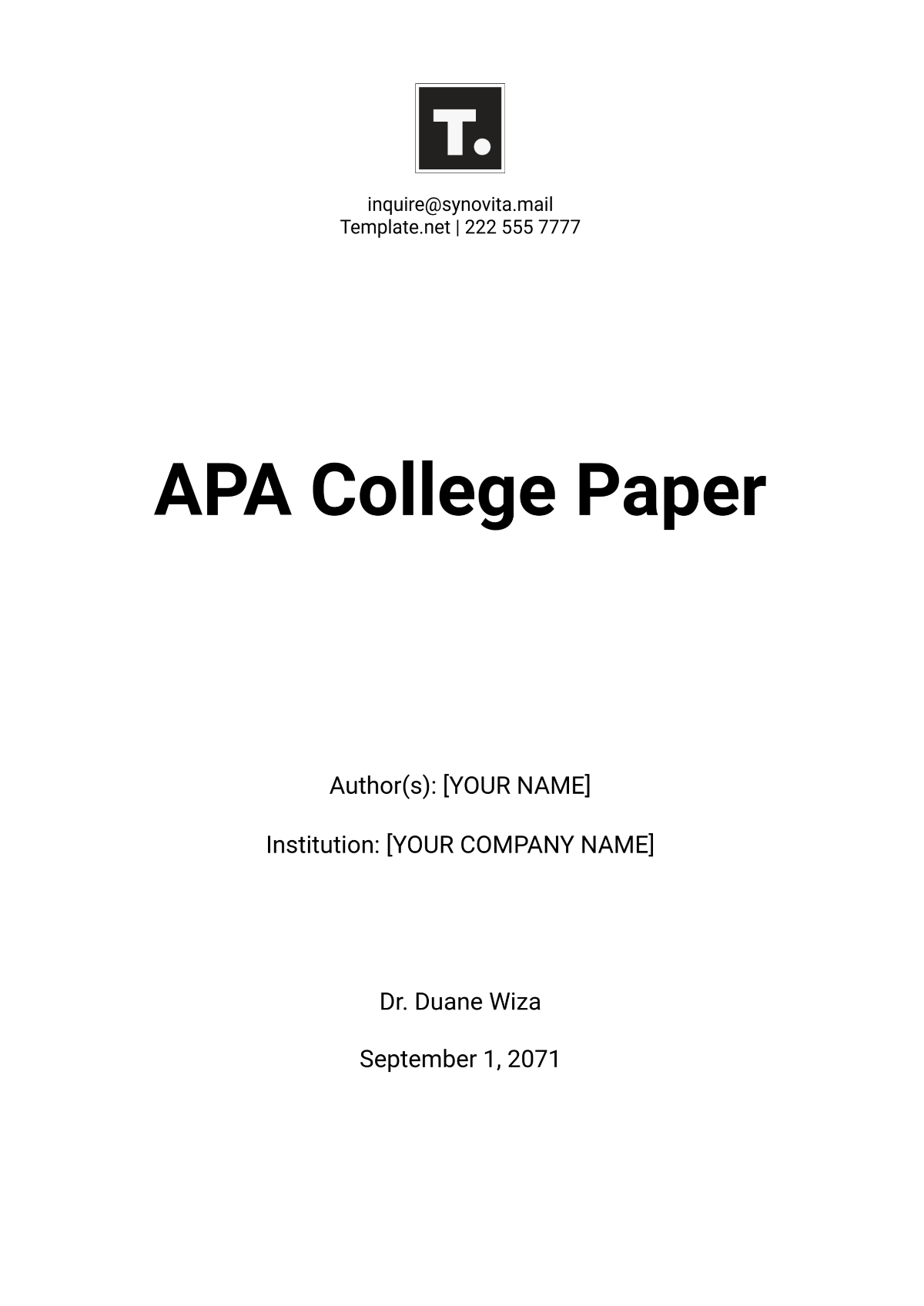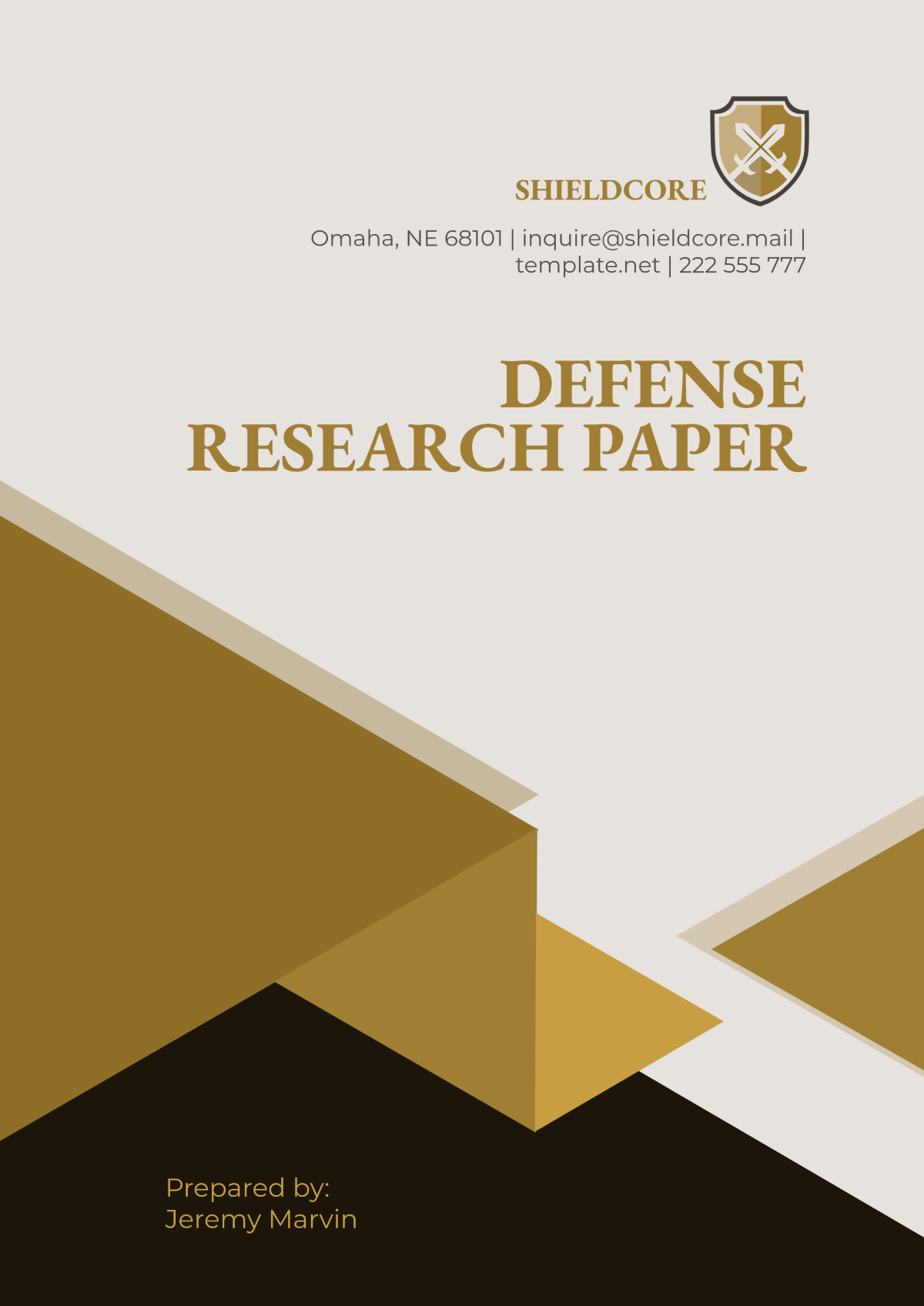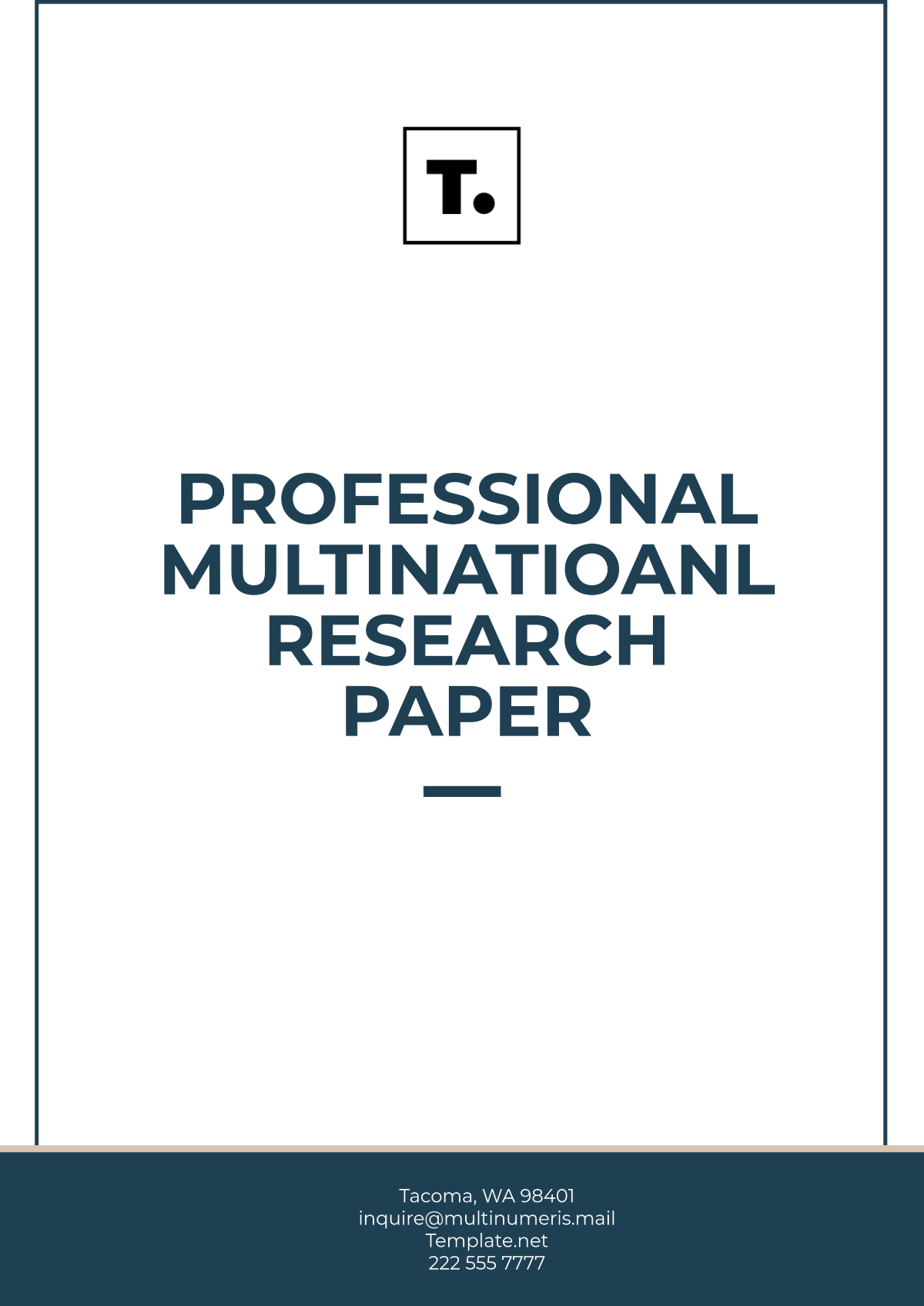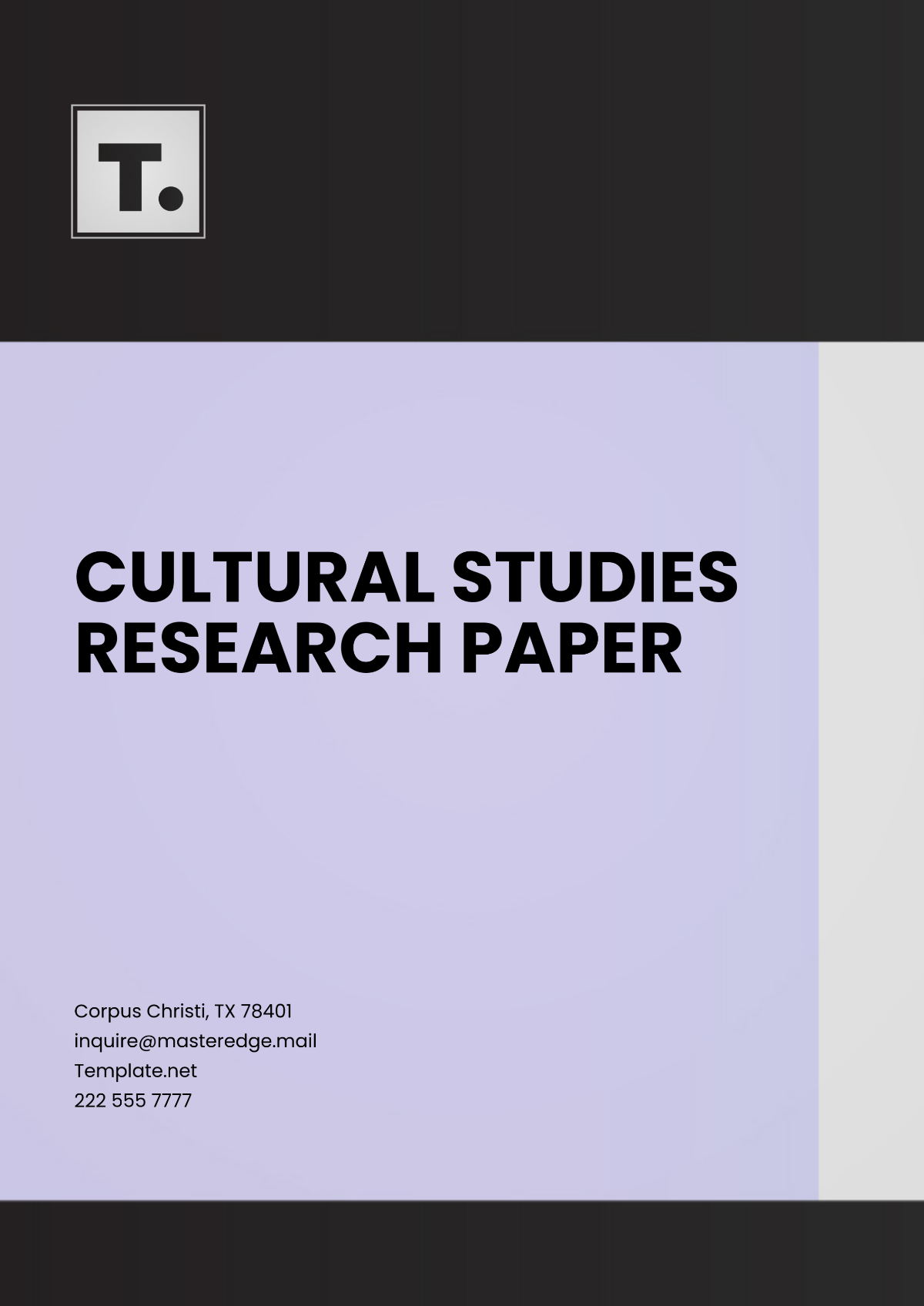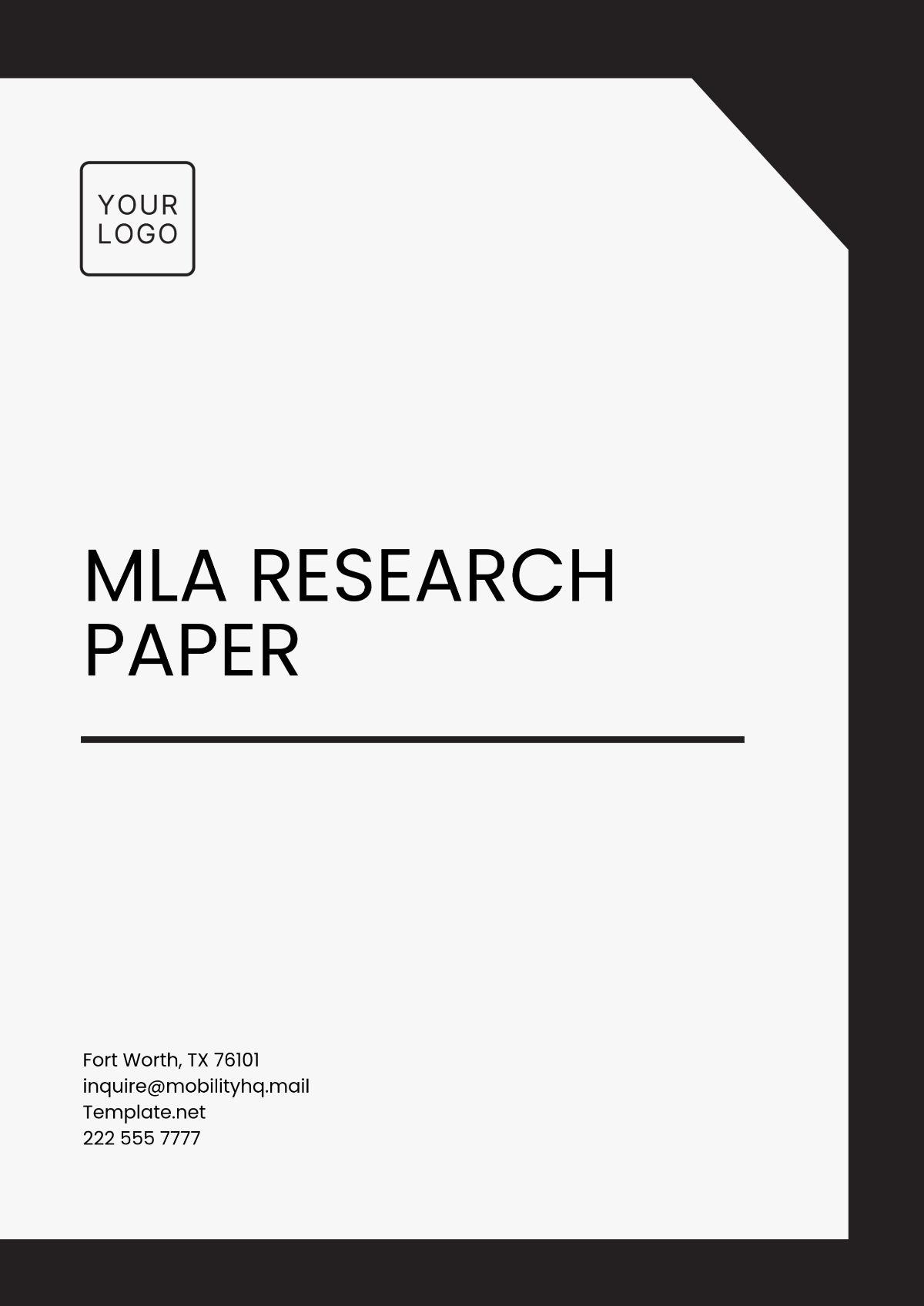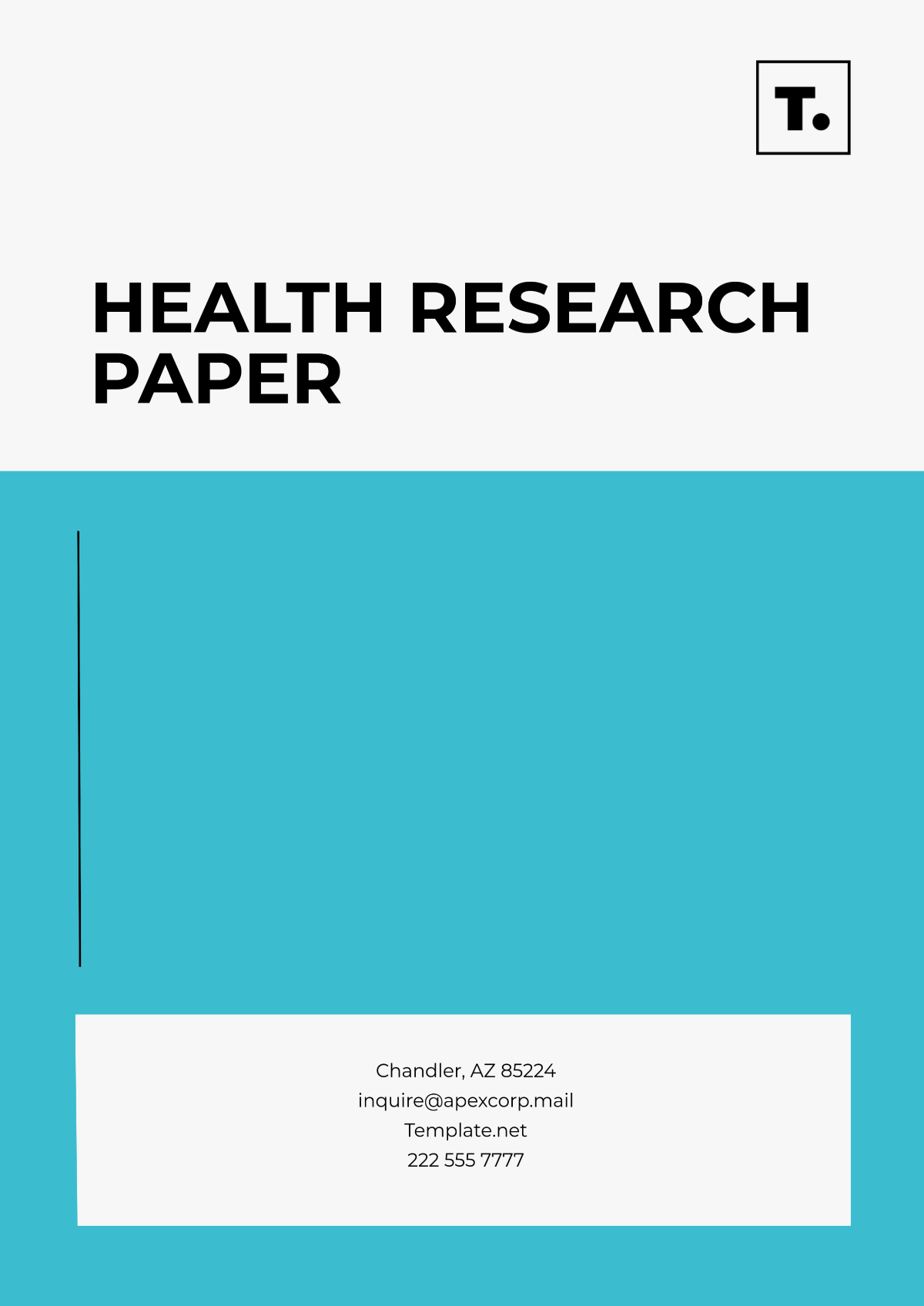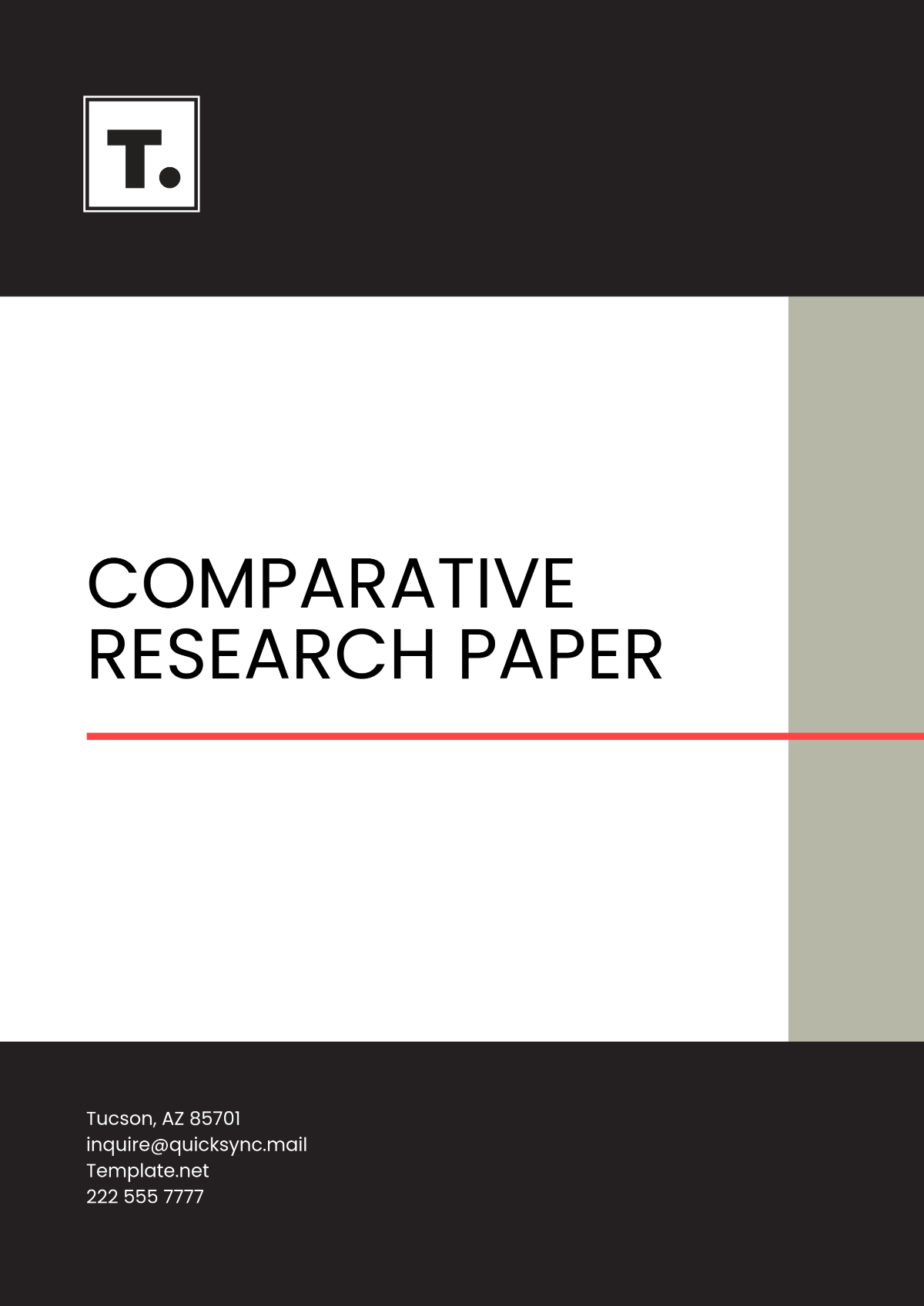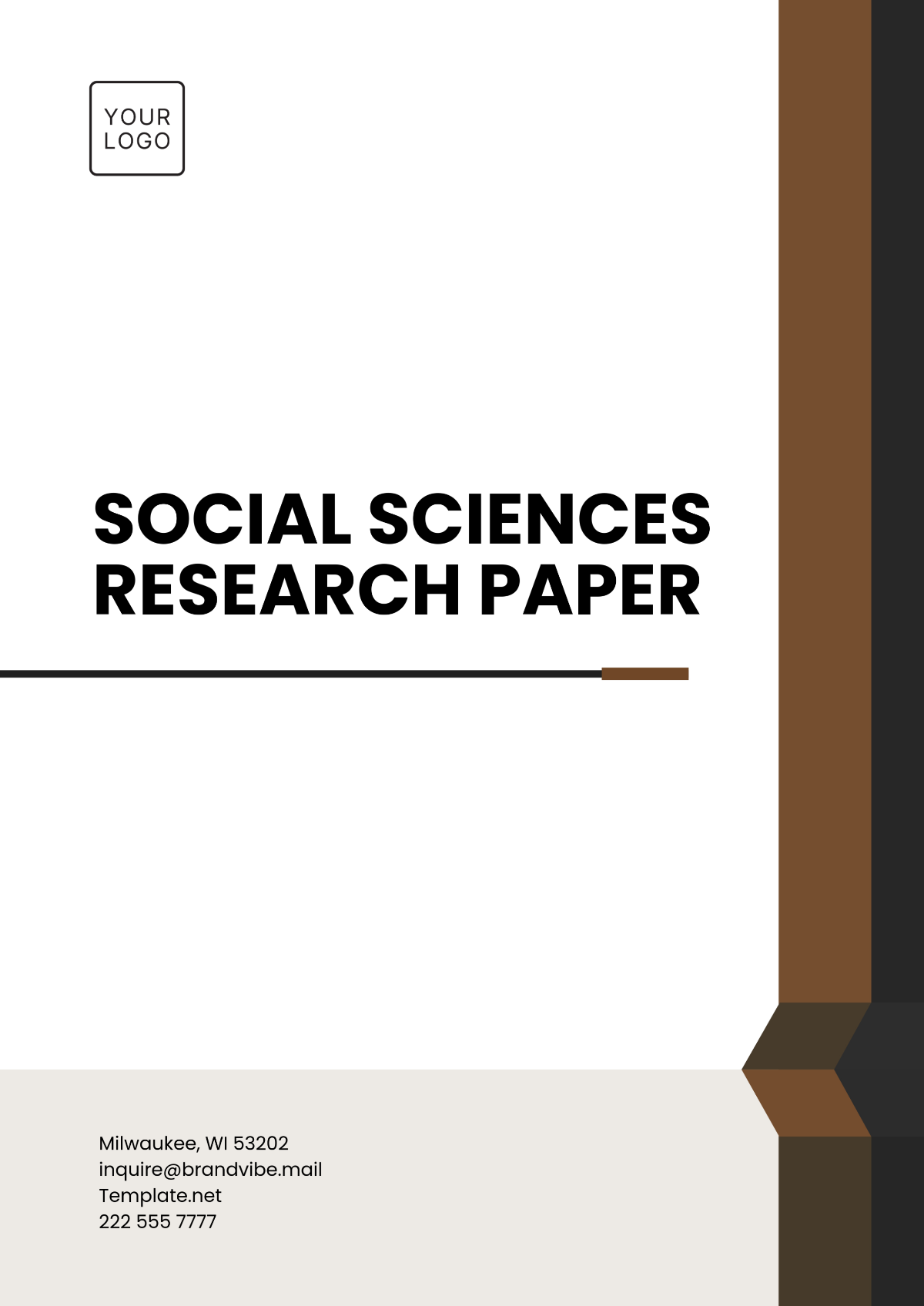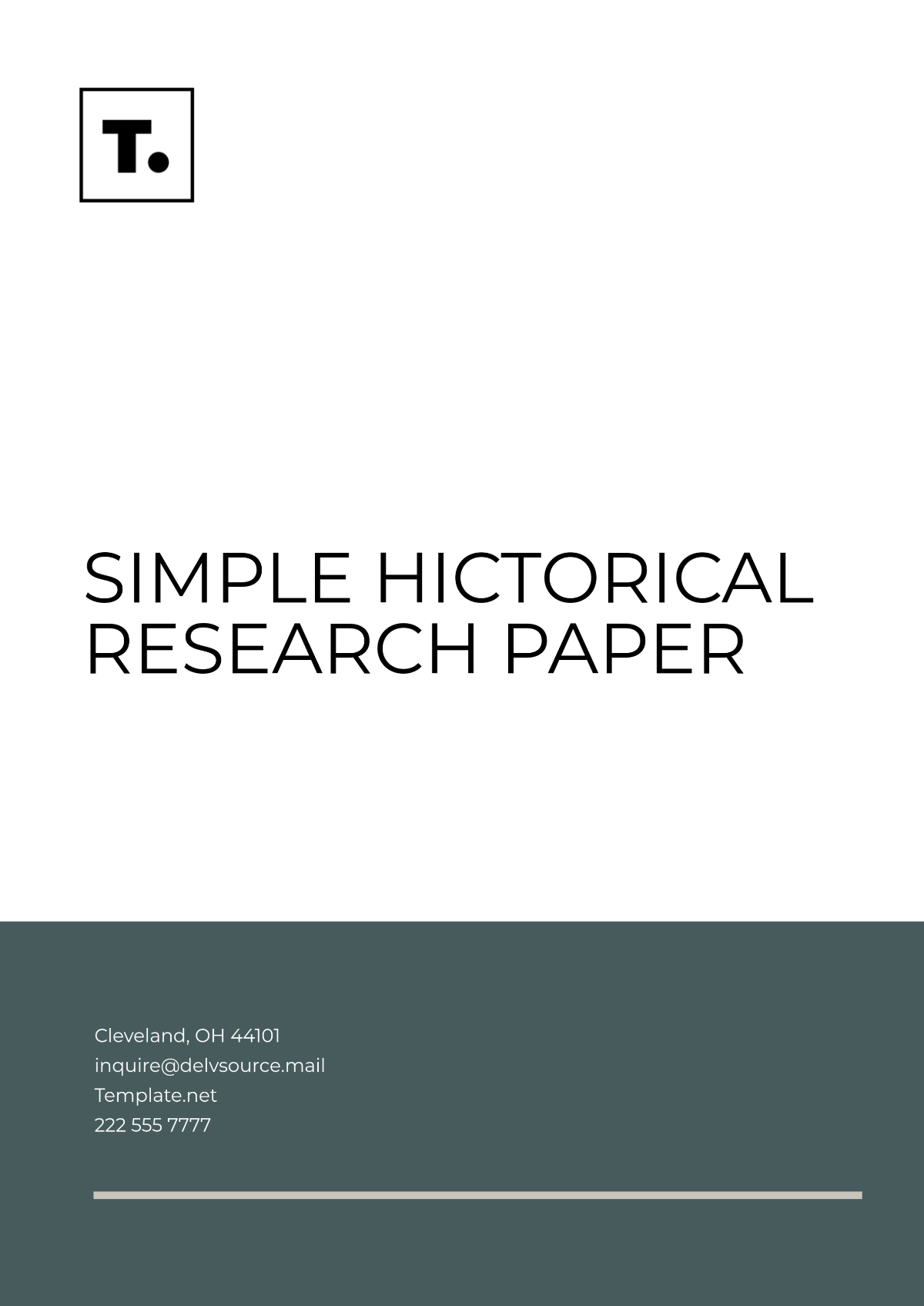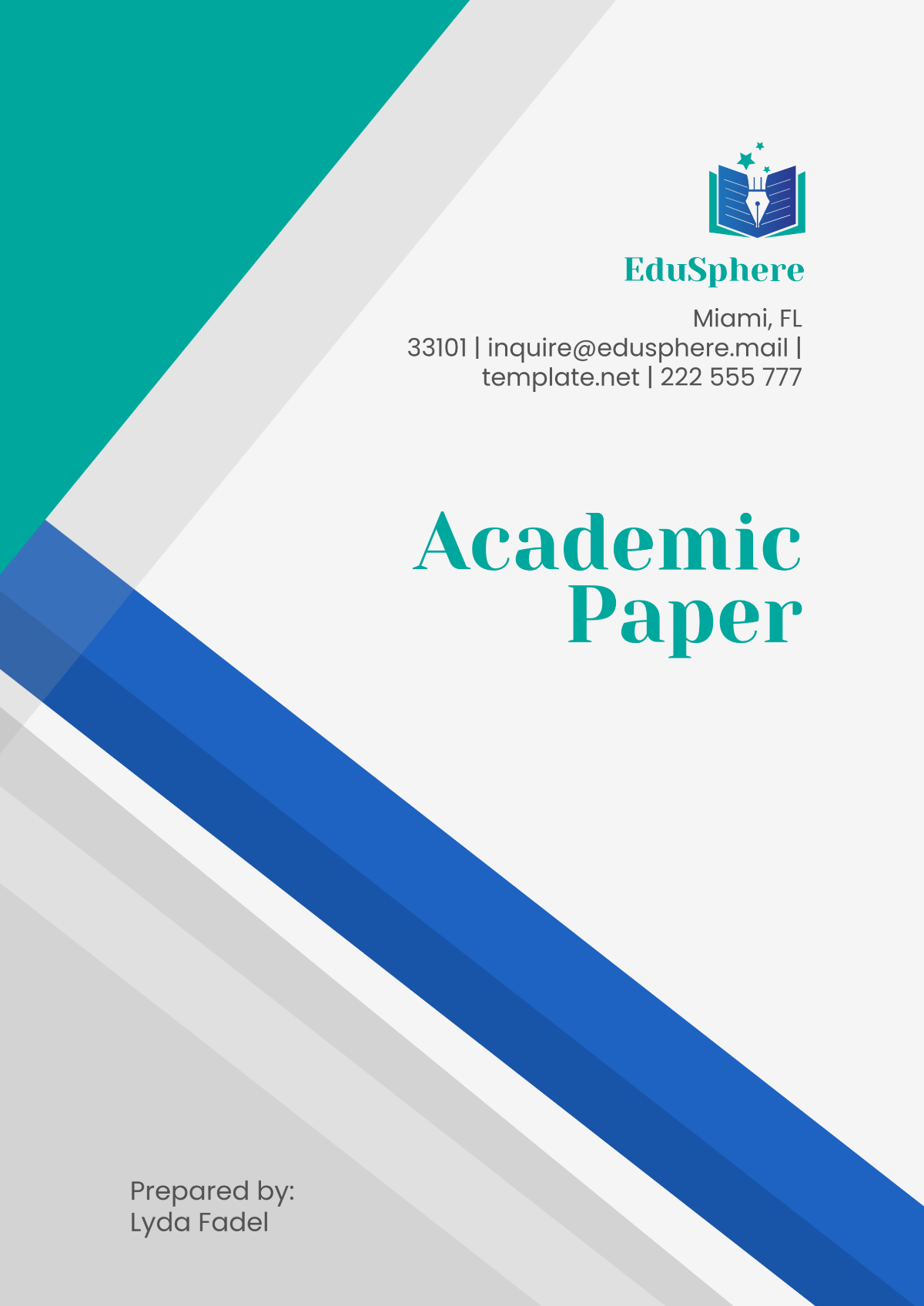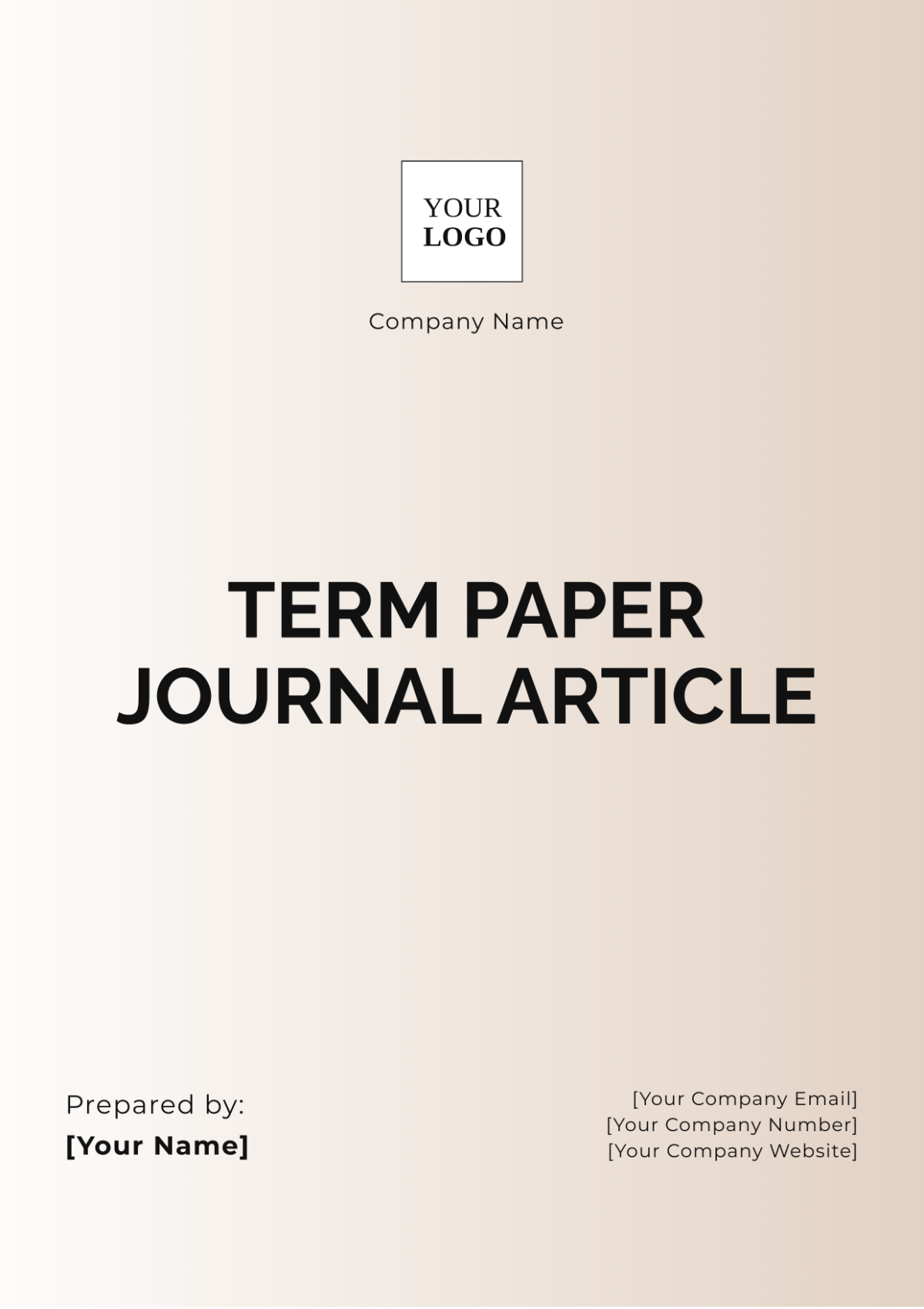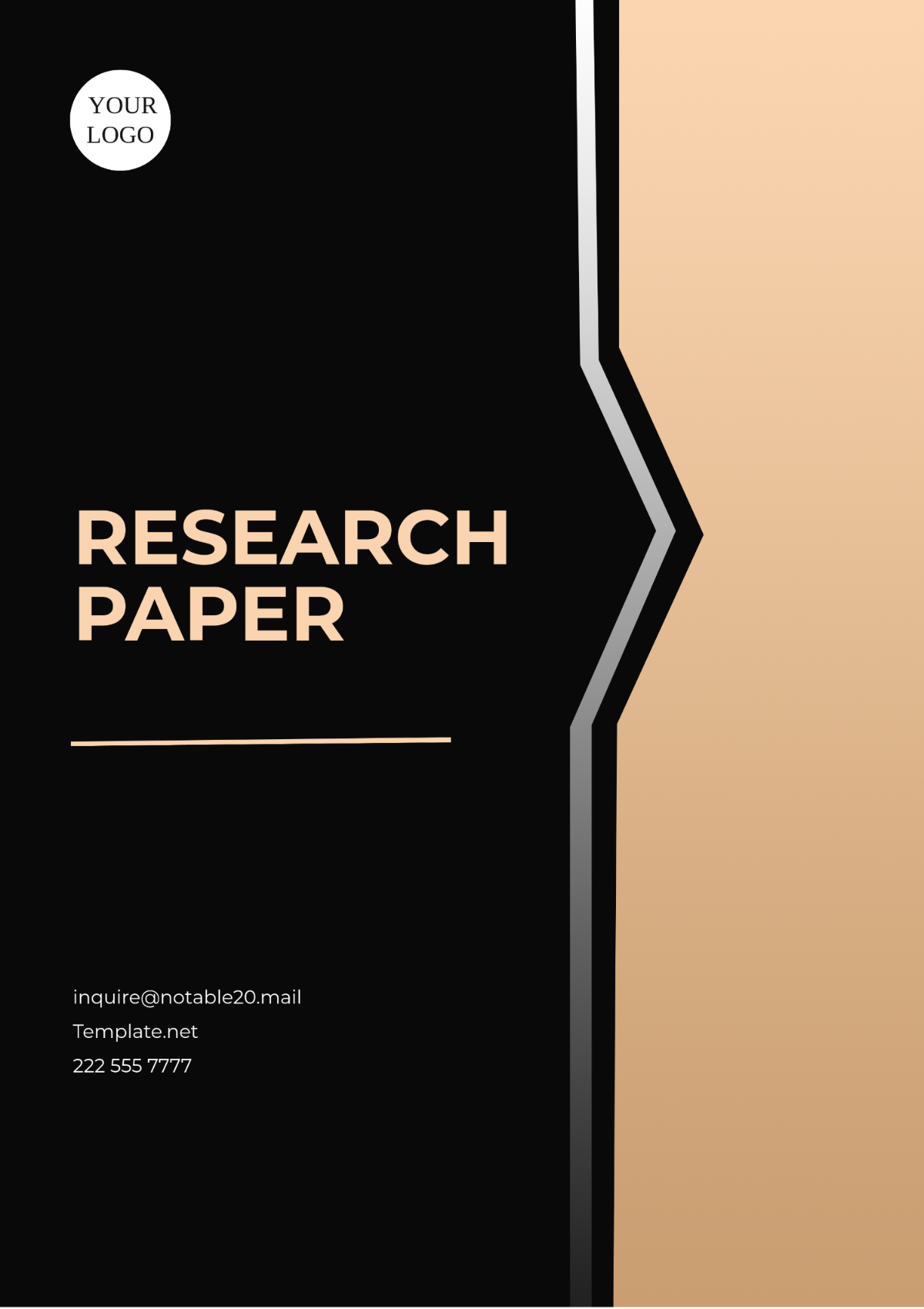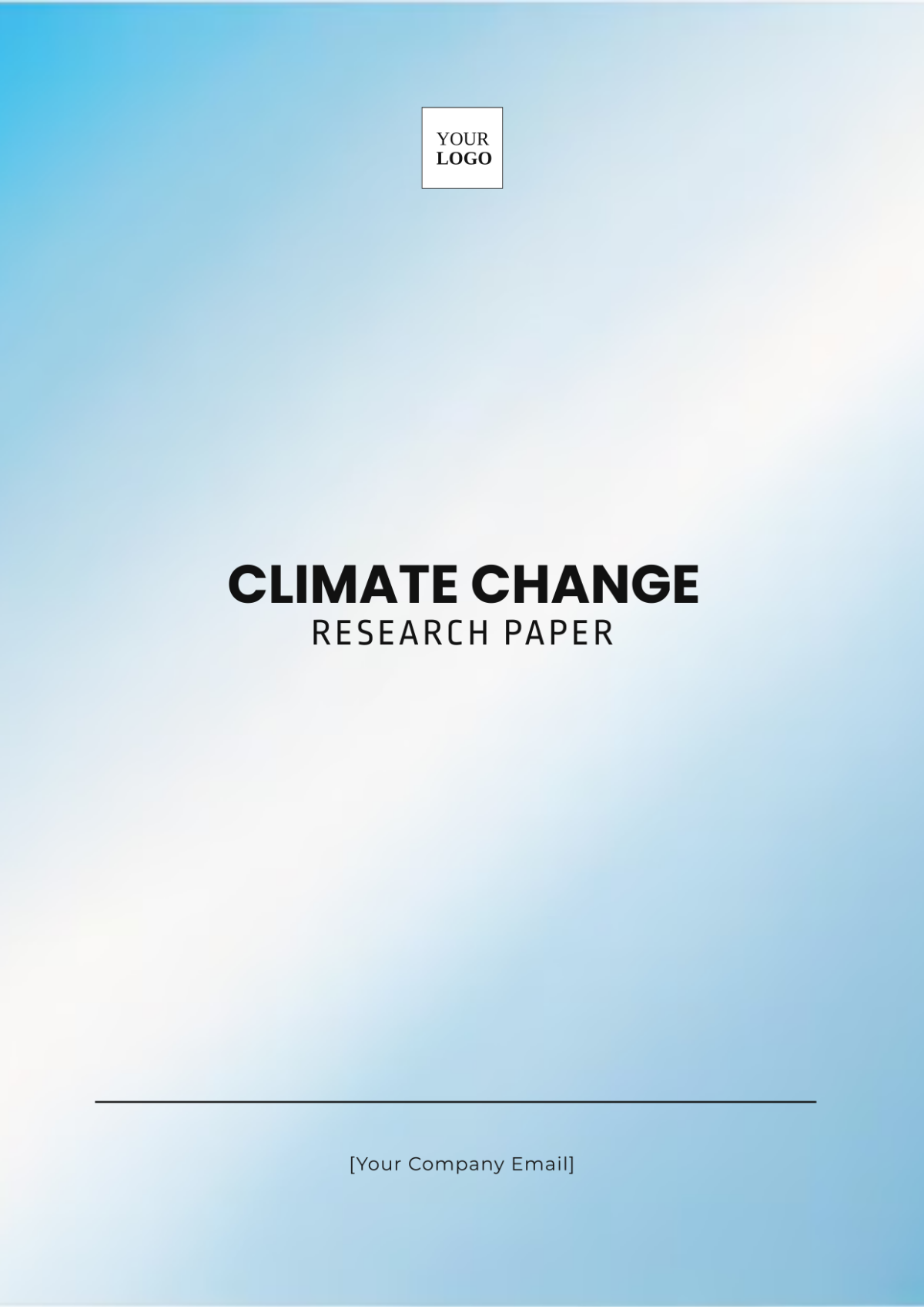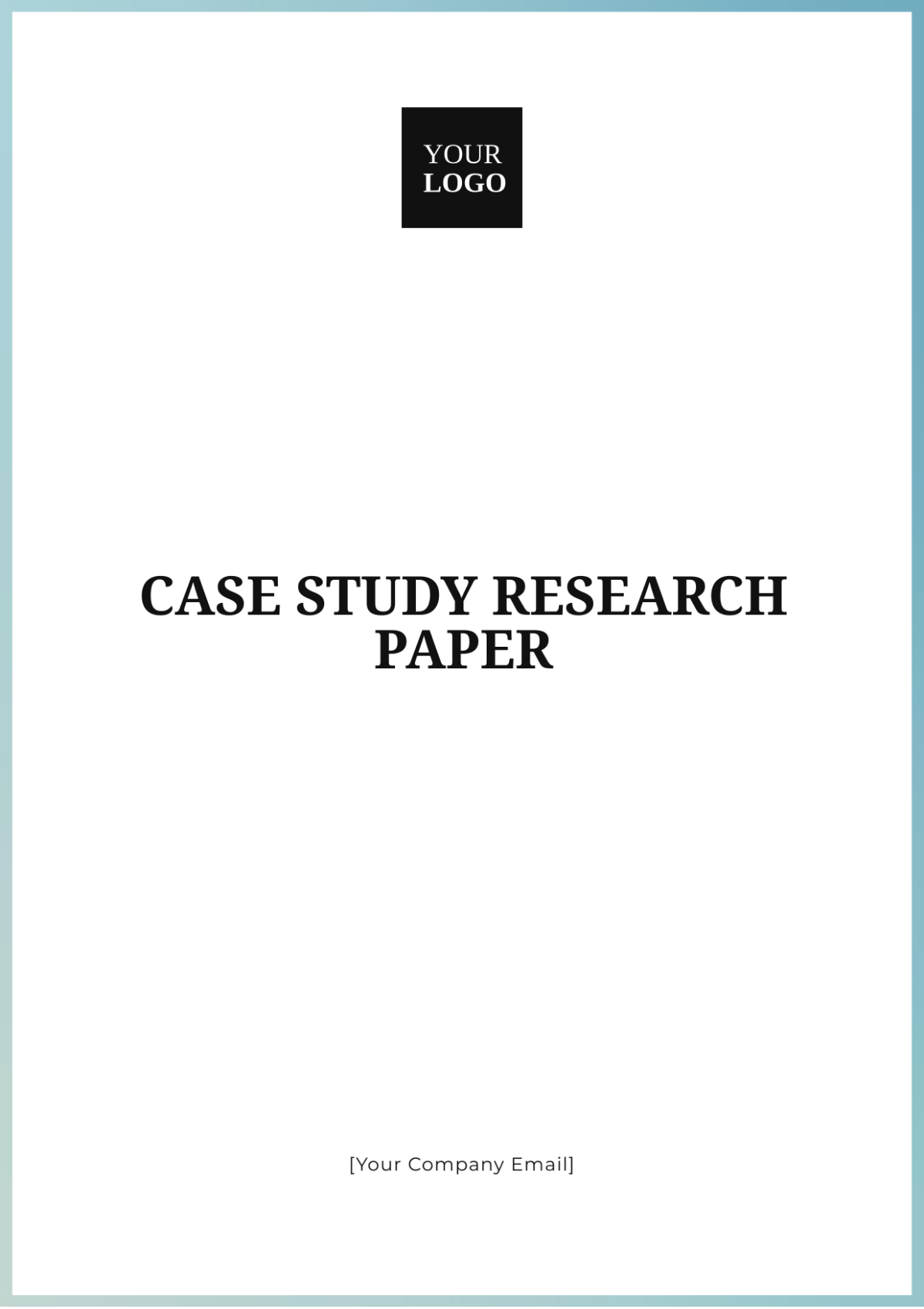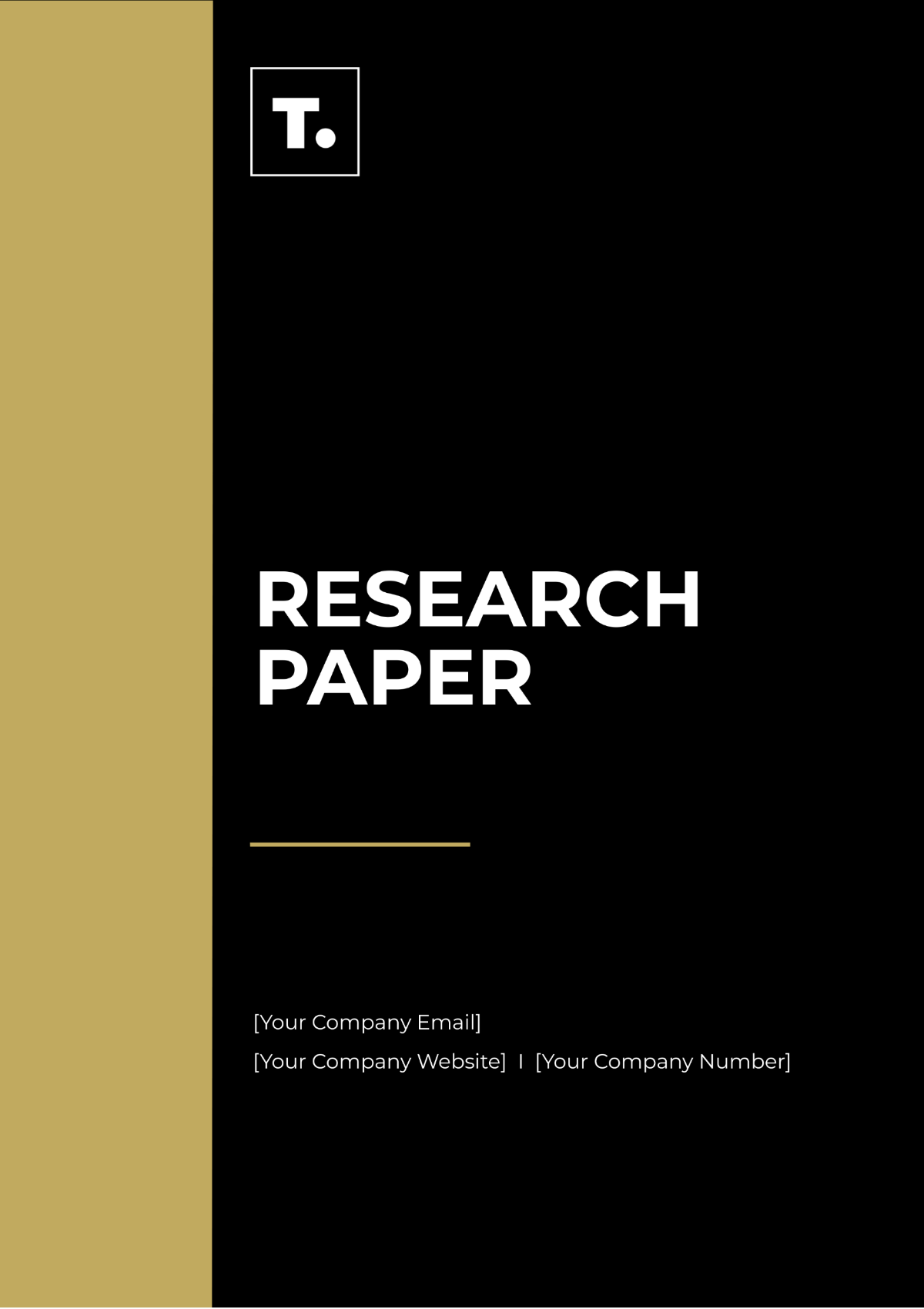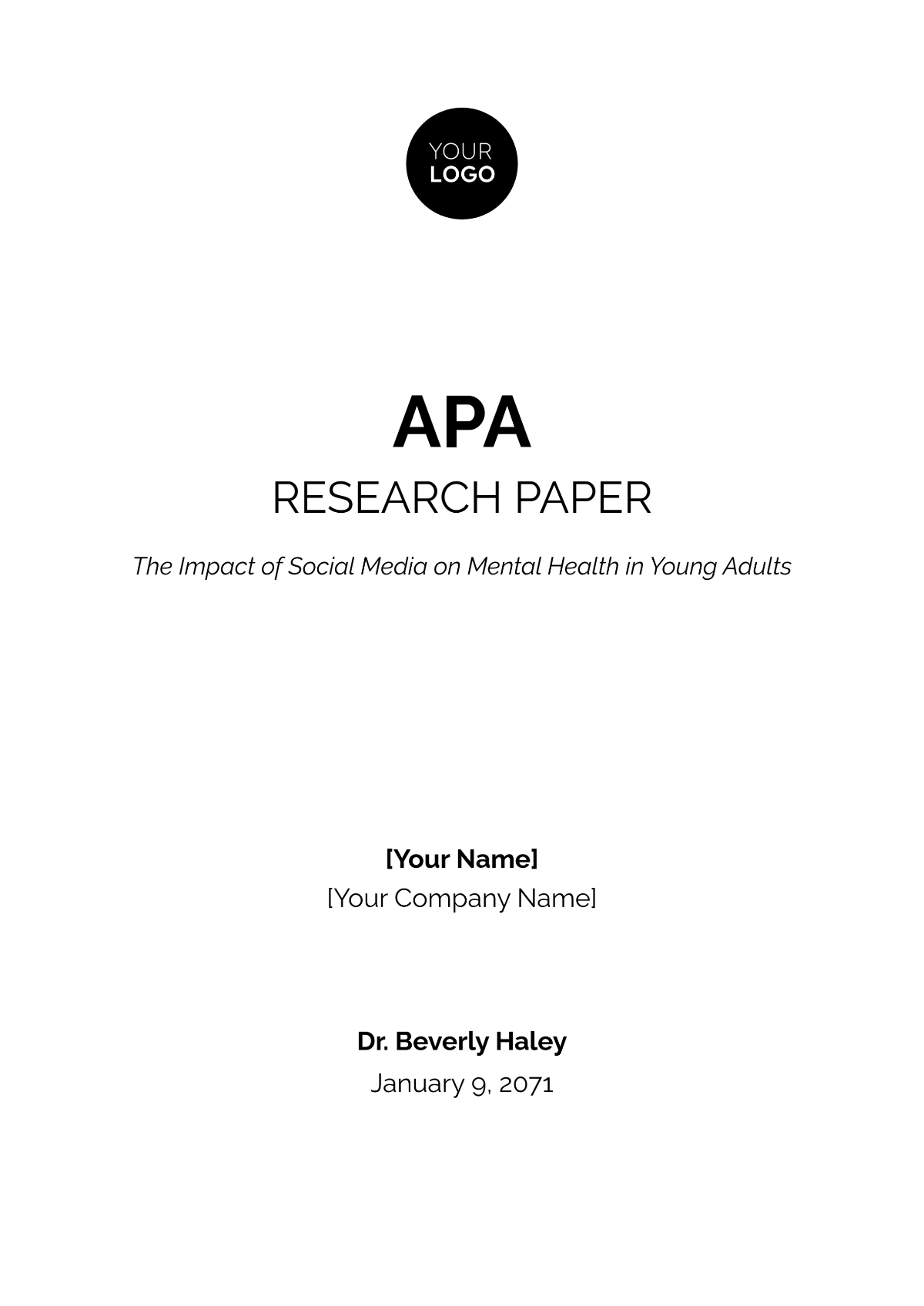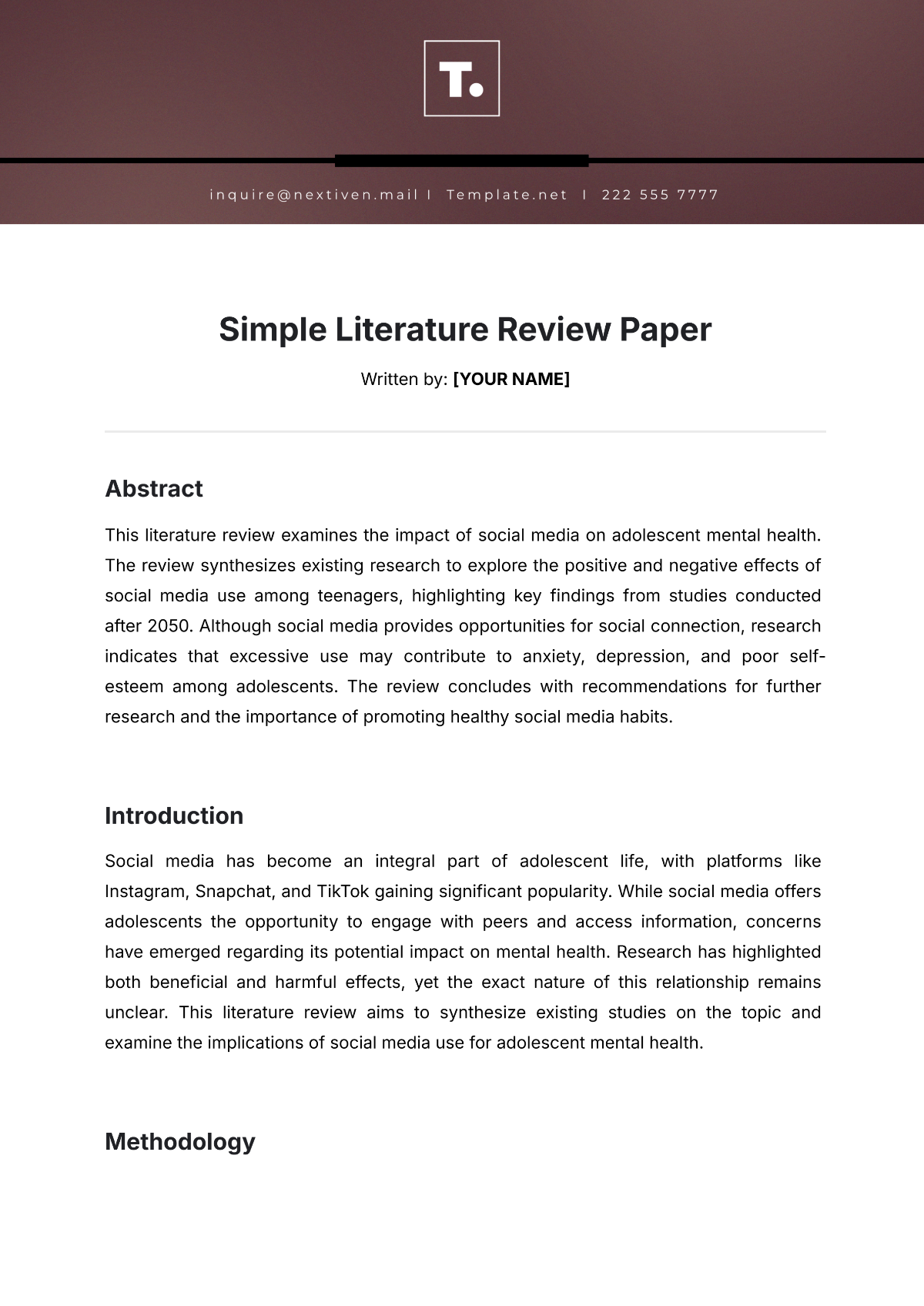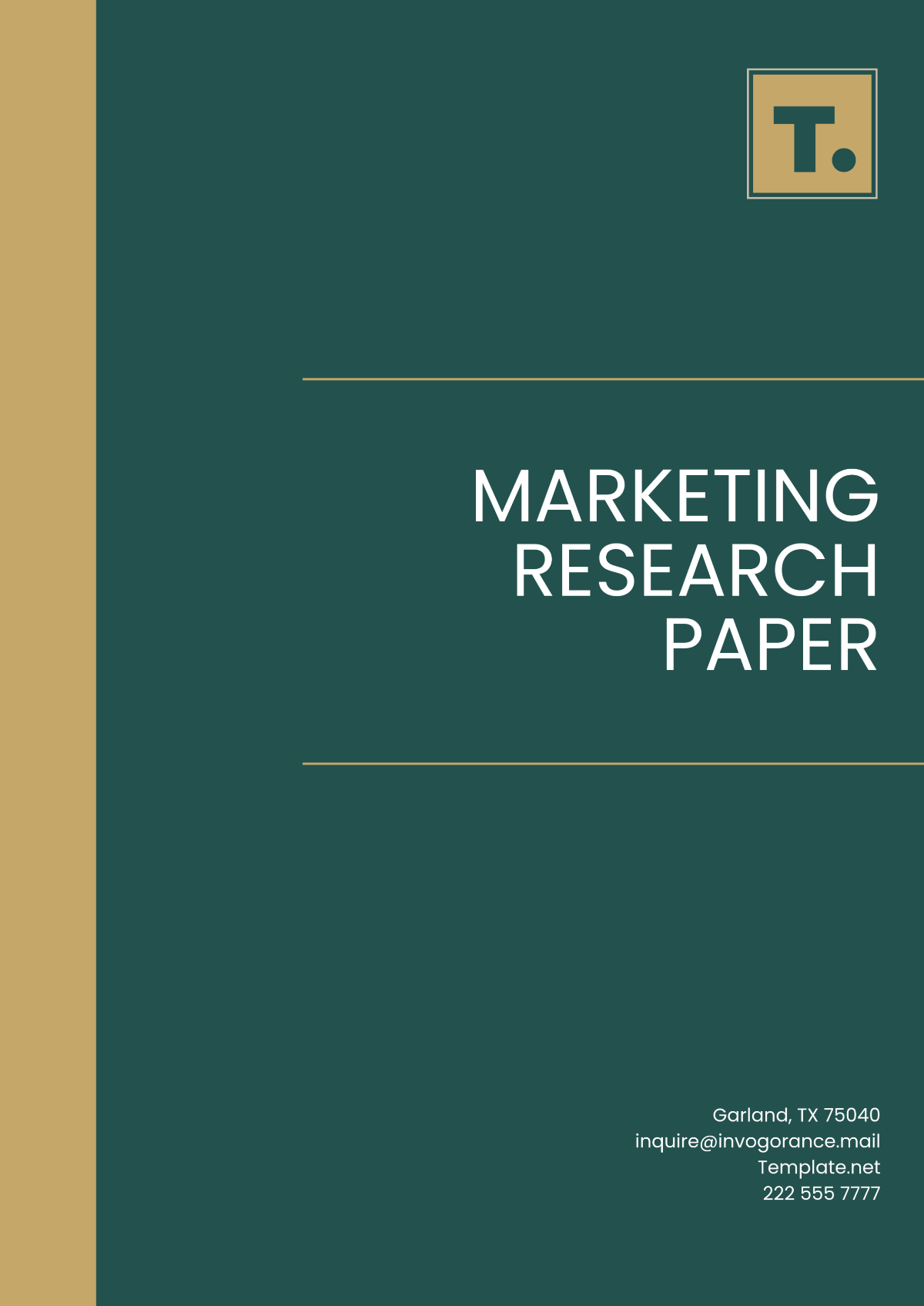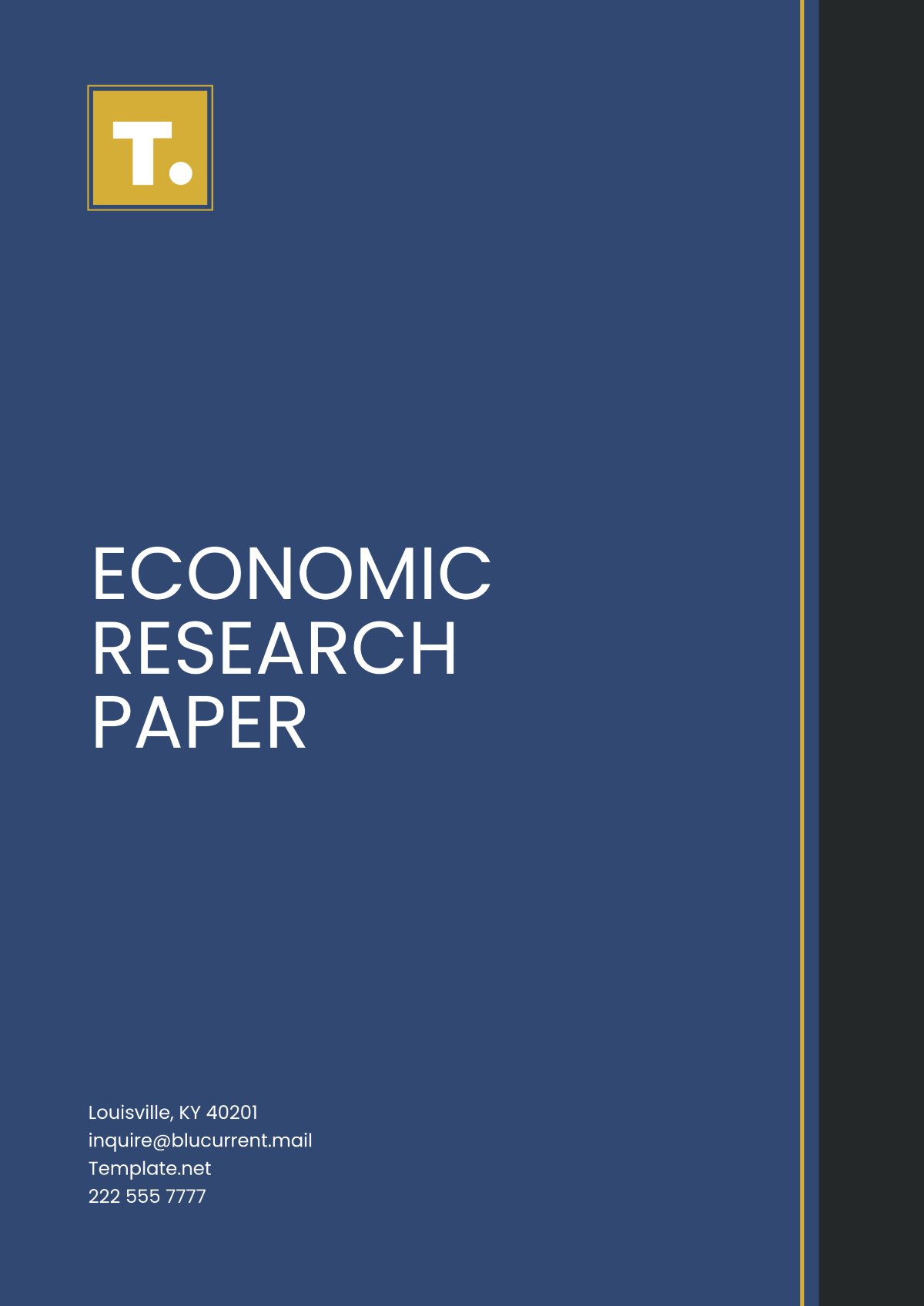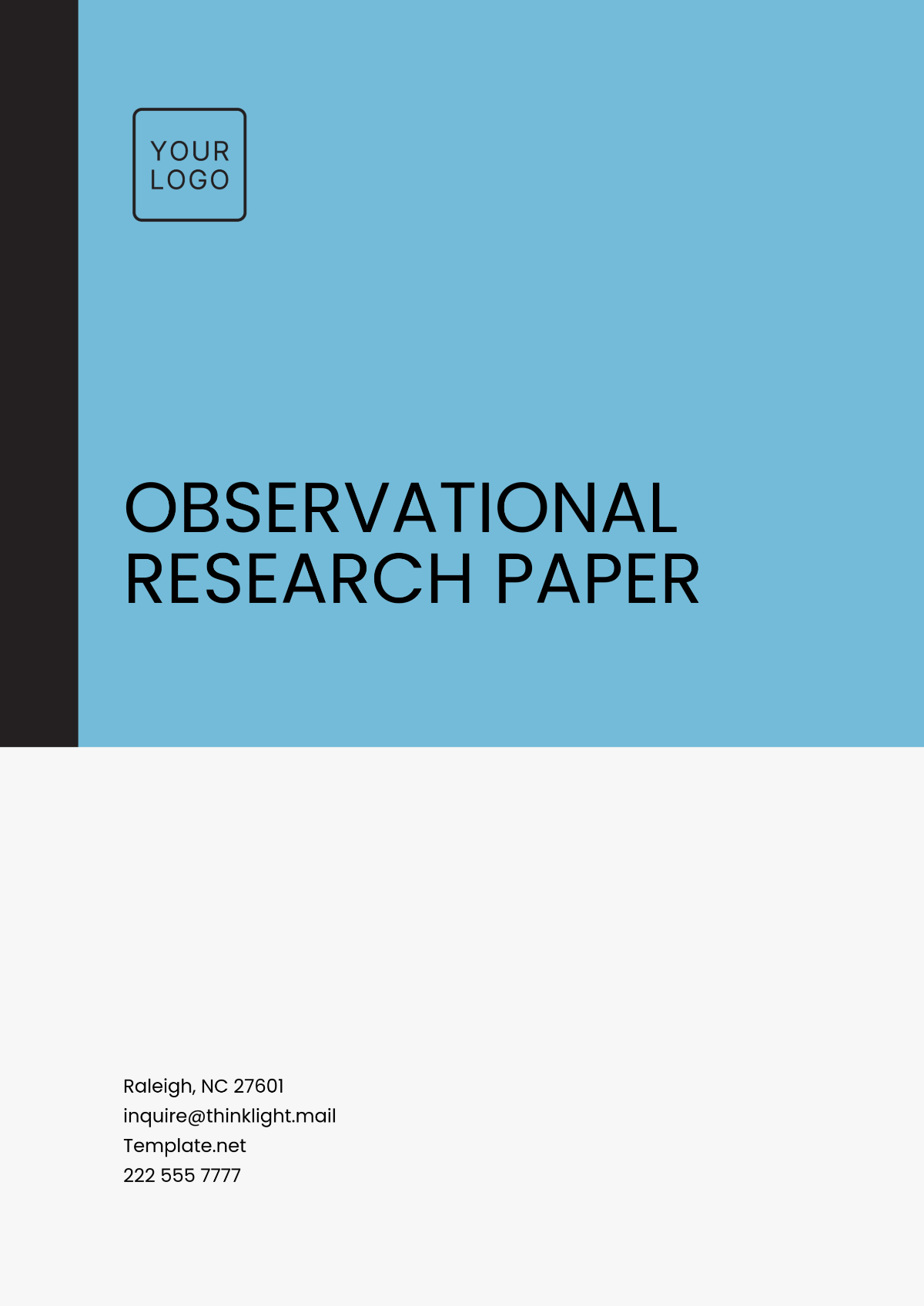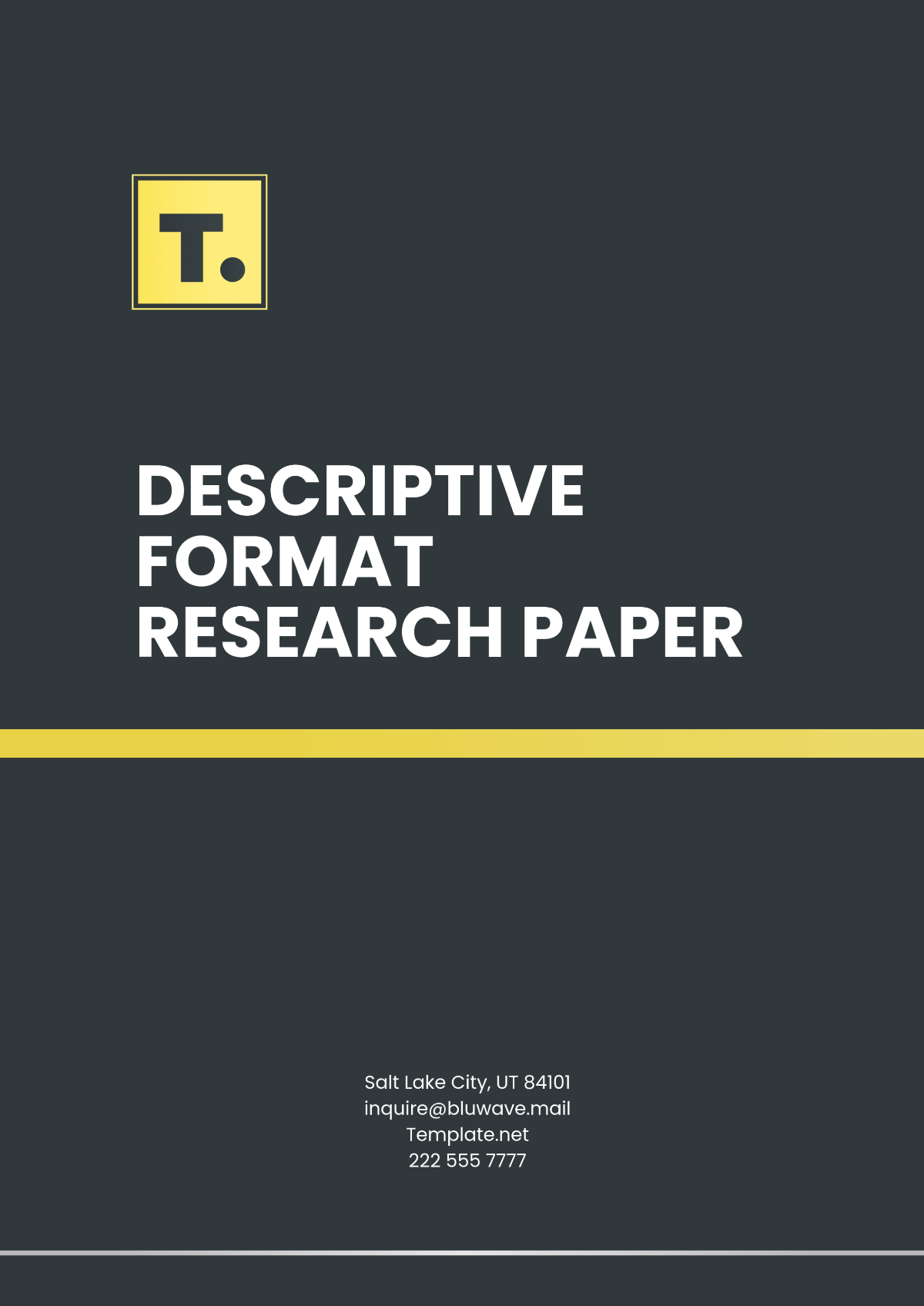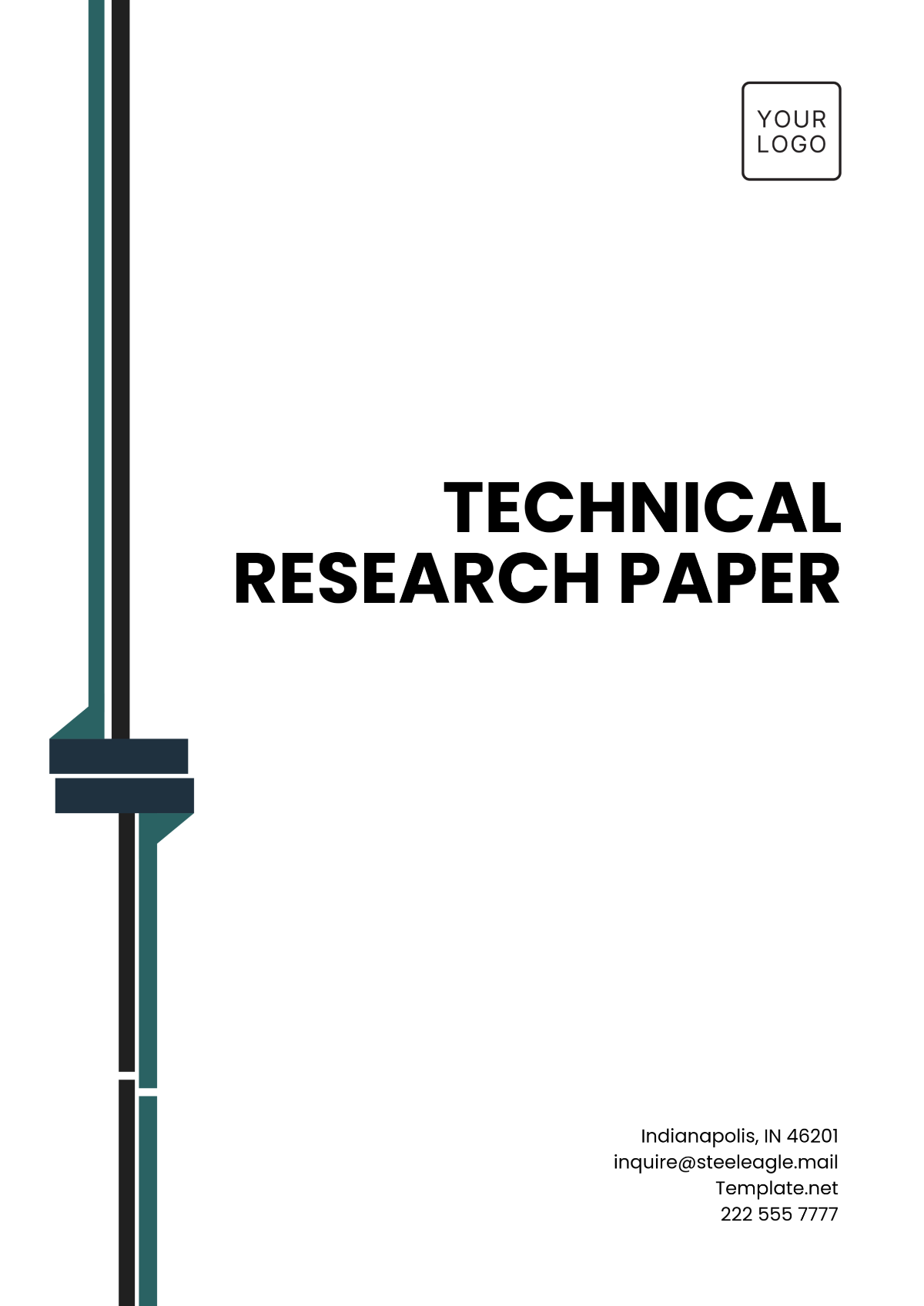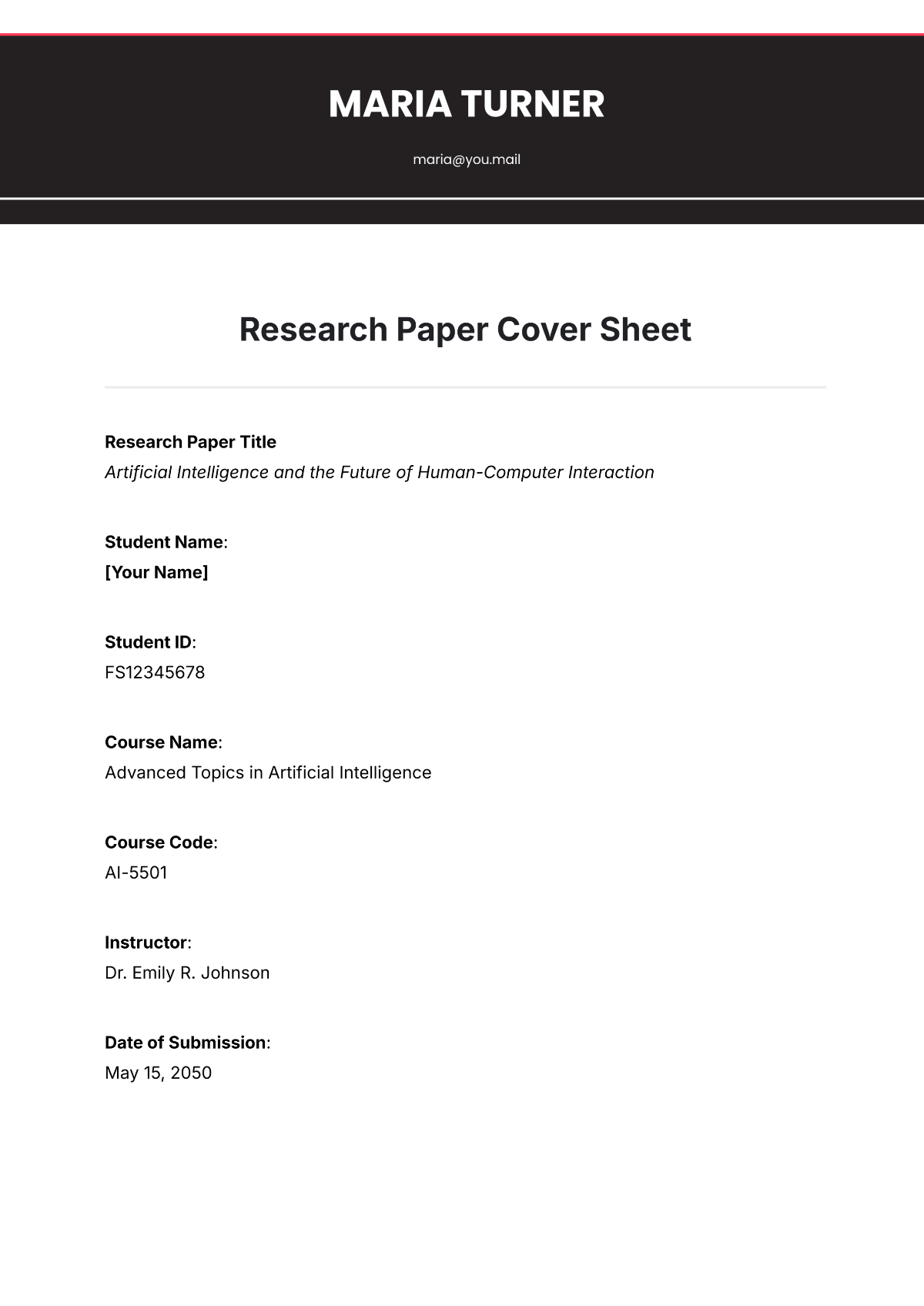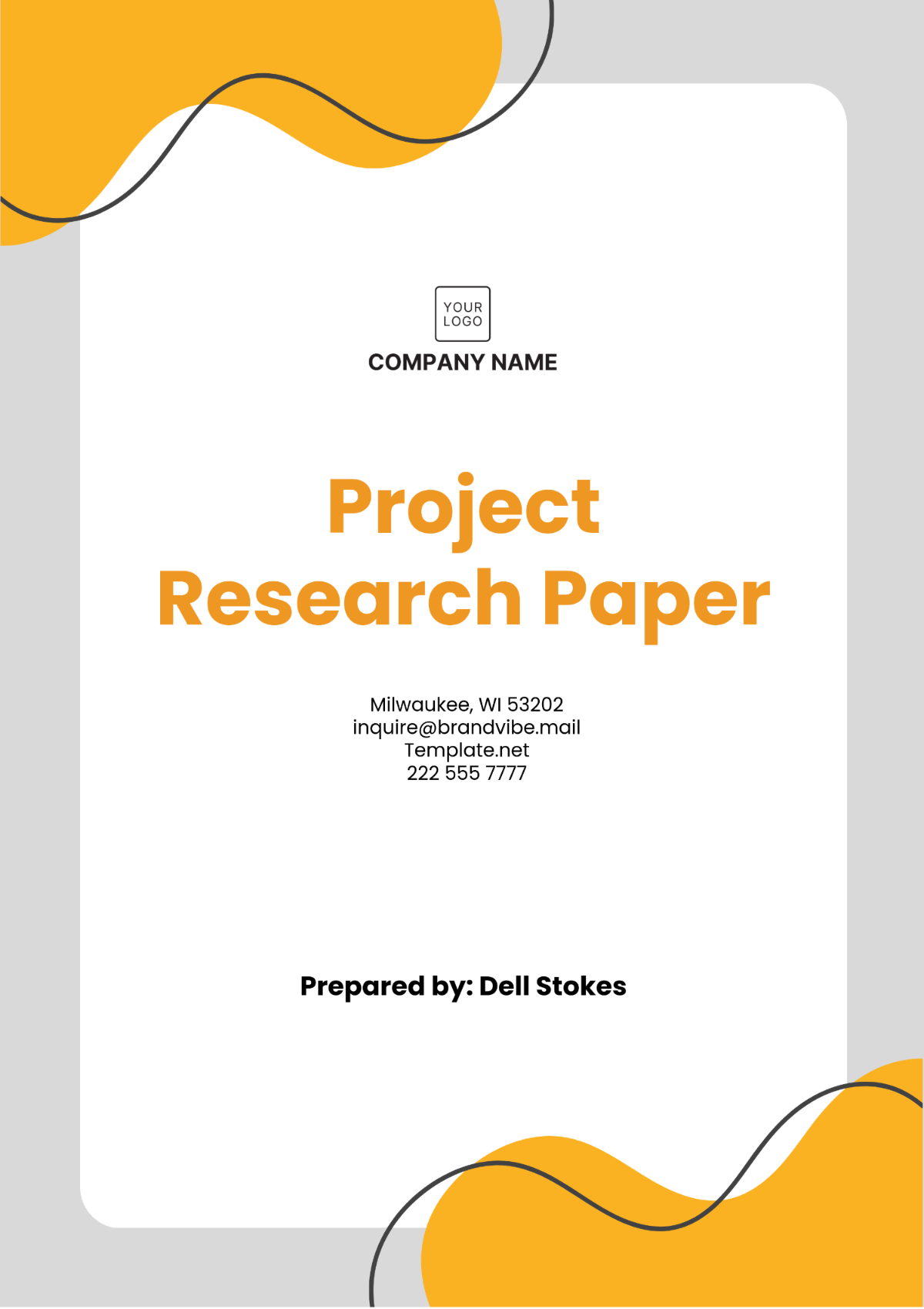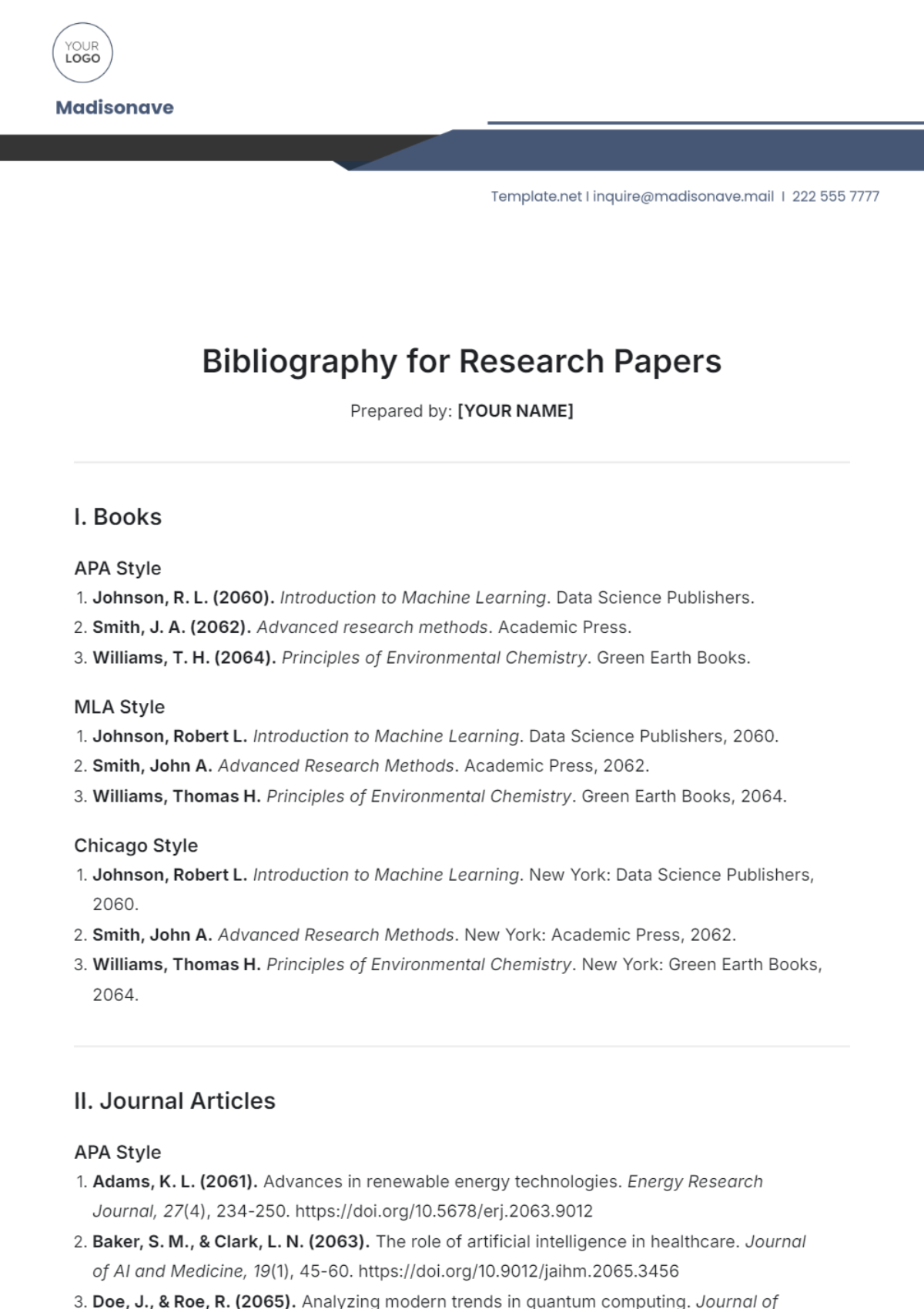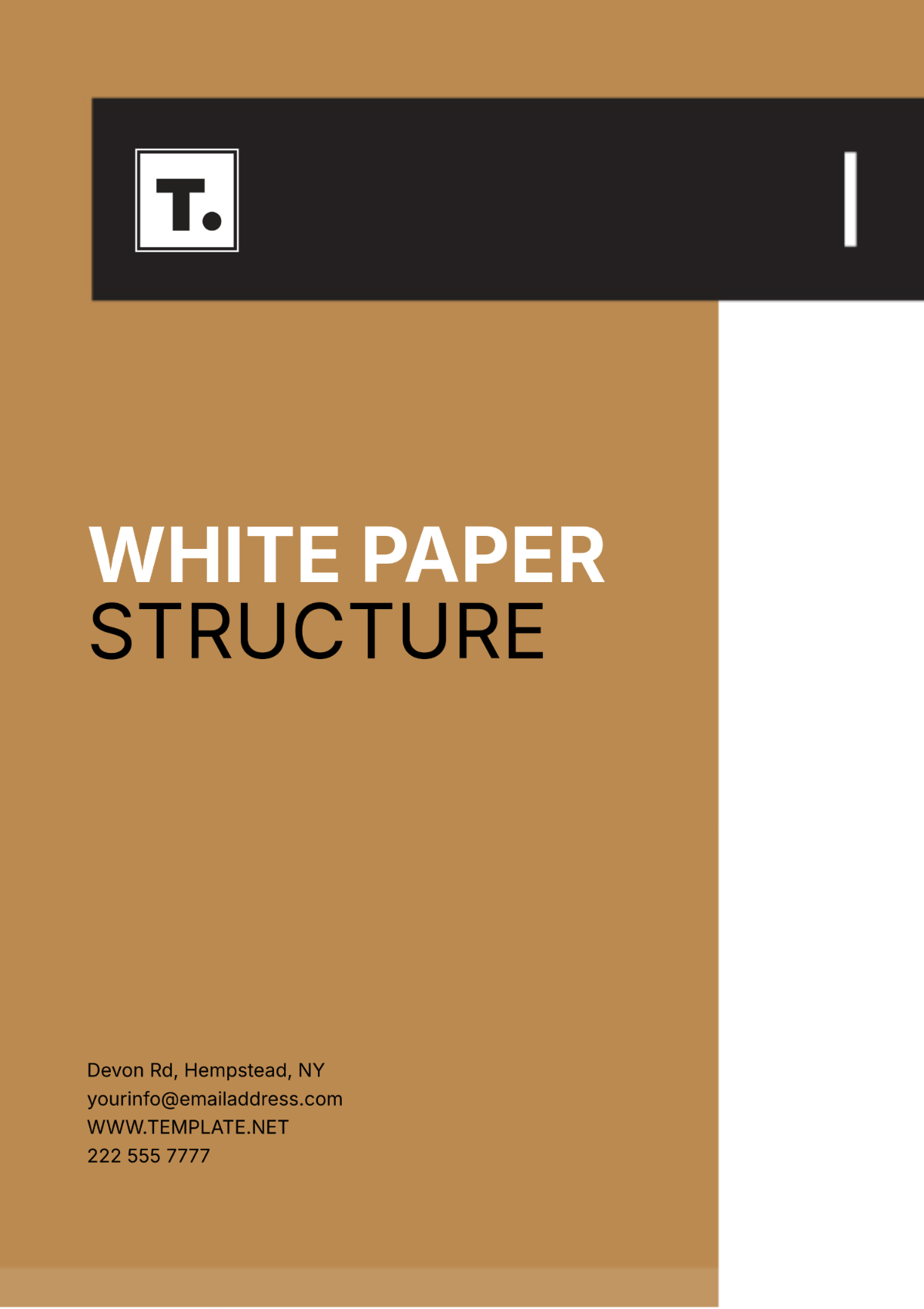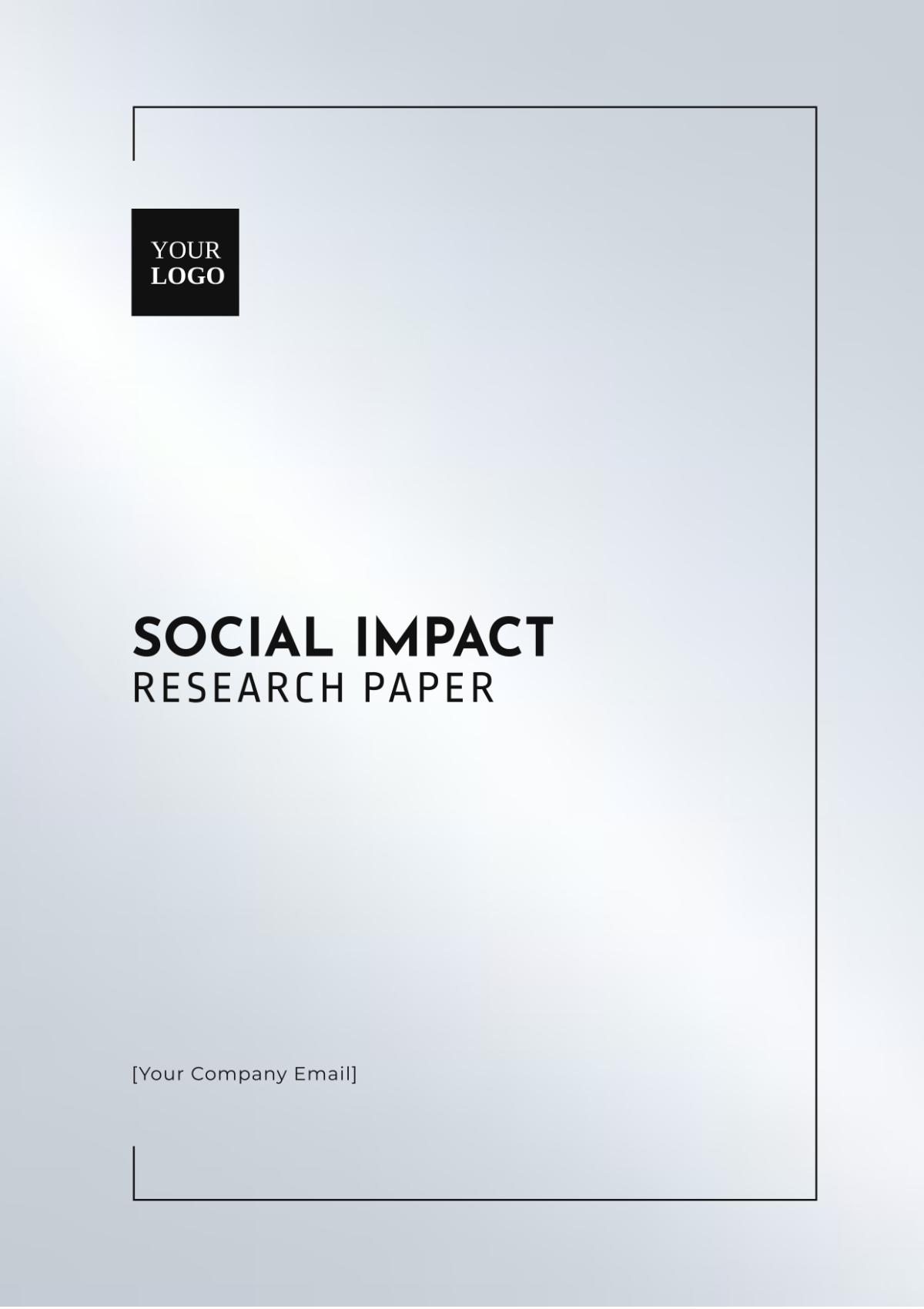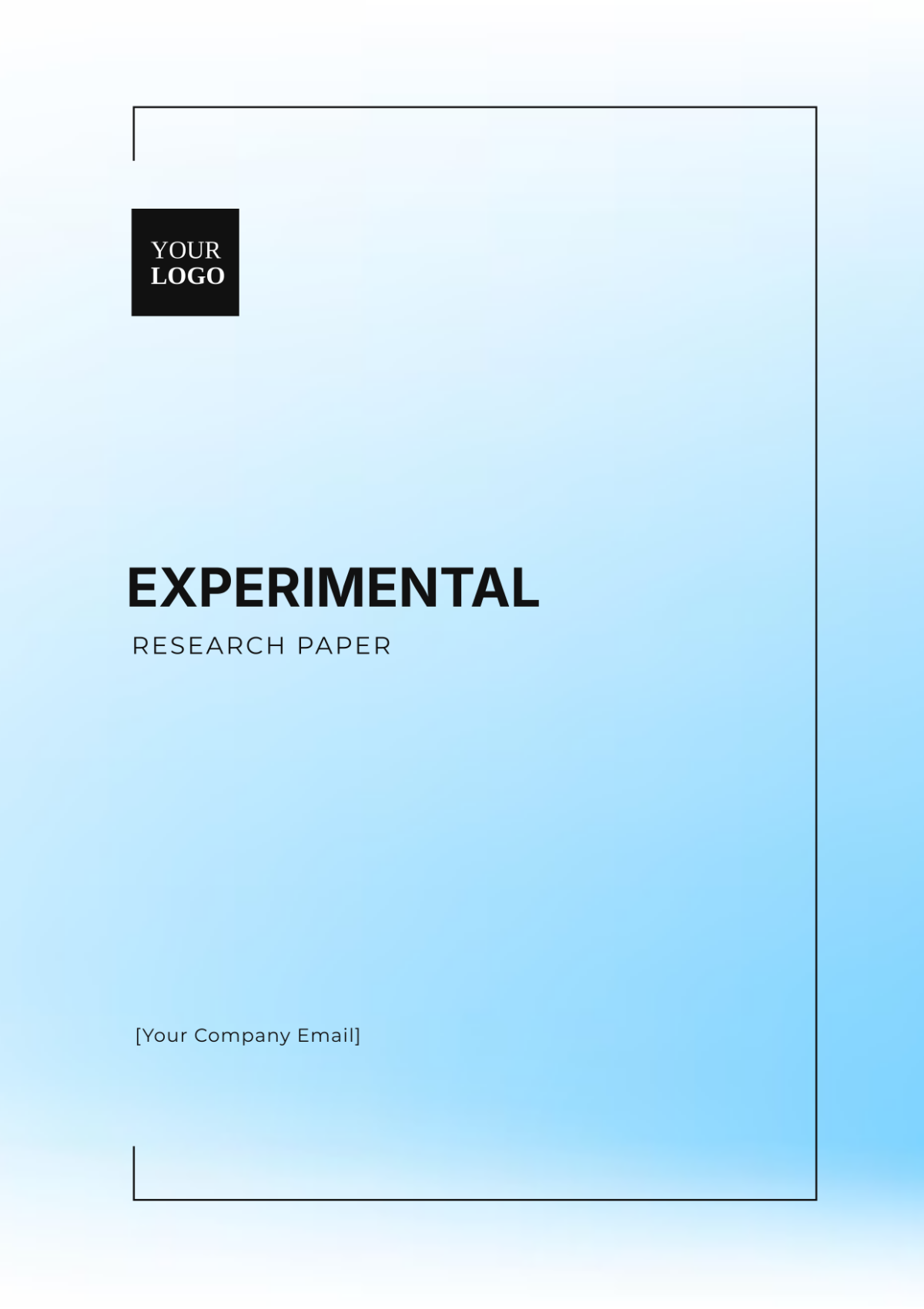Laboratory Report Research Paper
Prepared By: [Your Name]
I. Abstract
This study examines the impact of varying light intensities on the growth rate of Arabidopsis thaliana, a model plant organism. The experiment tested three different light intensities: low (100 µmol m² s⁻¹), medium (300 µmol m² s⁻¹), and high (600 µmol m² s⁻¹). For four weeks, plant height and biomass were measured weekly. Results demonstrated that plants grown under high light intensity exhibited significantly greater growth compared to those in low and medium light conditions. Specifically, plants in high light conditions reached an average height of 25.7 cm and biomass of 1.8 g, compared to 15.2 cm and 0.8 g in low light conditions. These findings support the hypothesis that increased light intensity enhances plant growth by improving photosynthetic efficiency.
II. Introduction
Background Information: Photosynthesis is crucial for plant growth, as it provides the energy required for various physiological processes. Light intensity is a key factor influencing the rate of photosynthesis. Previous research has shown that higher light intensities can enhance photosynthetic activity, leading to increased growth rates.
Objective: The primary aim of this study was to quantify the effect of light intensity on the growth rate of Arabidopsis thaliana. This experiment sought to determine whether higher light intensities result in increased plant height and biomass.
Hypothesis: It was hypothesized that plants exposed to higher light intensities would exhibit greater growth, as measured by plant height and biomass, compared to plants exposed to lower light intensities.
III. Methods
Materials:
30 Arabidopsis thaliana seedlings (5 days old)
Growth chambers with adjustable light intensities
Standardized potting soil
Plastic pots (10 cm diameter)
Measuring tape
Digital scale (accuracy ±0.01 g)
Watering can
Ruler
Data recording sheets
Procedure:
Plant Preparation: Ten seedlings were planted in each of the three growth chambers. Each chamber was set to one of the three light intensities: low (100 µmol m² s⁻¹), medium (300 µmol m² s⁻¹), and high (600 µmol m² s⁻¹).
Growth Conditions: The growth chambers were maintained at a constant temperature of 22°C and relative humidity of 60%. The soil was kept moist but not waterlogged.
Data Collection:
Weekly Measurements: Every week, measure the height of each plant from the base to the tip of the tallest leaf. Record these measurements in a data sheet.
Biomass Measurement: At the end of the four weeks, harvest all plants. Dry them at 70°C for 48 hours, then weigh them using a digital scale to determine biomass.
Statistical Analysis: Analyze the data using ANOVA to compare the growth metrics across different light intensities.
IV. Results
Data Presentation:
Light Intensity | Average Height (cm) | Average Biomass (g) |
|---|---|---|
Low (100 µmol m² s⁻¹) | 15.2 ± 1.3 | 0.8 ± 0.1 |
Medium (300 µmol m² s⁻¹) | 20.5 ± 1.7 | 1.2 ± 0.2 |
High (600 µmol m² s⁻¹) | 25.7 ± 2.0 | 1.8 ± 0.3 |
Figure I: Growth of Arabidopsis thaliana under different light intensities.
Text Description: The average height and biomass of Arabidopsis thaliana increased with light intensity. Plants in the high-light intensity group reached an average height of 25.7 cm and had a biomass of 1.8 g. In contrast, plants under low light intensity showed an average height of 15.2 cm and a biomass of 0.8 g. The results indicate a statistically significant difference between the light intensity groups (p < 0.05), with high light conditions leading to superior growth.
V. Discussion
Interpretation: The observed increase in plant height and biomass under higher light intensities supports the hypothesis that light intensity positively affects plant growth. This can be attributed to enhanced photosynthesis rates in higher light conditions, which provide more energy for growth.
Comparison: The findings are consistent with existing literature, which suggests that higher light intensities improve photosynthetic efficiency and thus promote greater plant growth. For instance, Smith (2020) reported similar results in their study on light intensity and plant growth.
Errors and Limitations: Potential sources of error include variations in light intensity distribution within the growth chambers and inconsistencies in soil moisture levels. Future experiments should include more precise control over these variables to ensure consistent conditions.
VI. Conclusion
Summary of Findings: This experiment confirms that increasing light intensity significantly enhances the growth of Arabidopsis thaliana. The results highlight the importance of light conditions in optimizing plant growth and suggest that light intensity is a critical factor for enhancing photosynthetic activity.
Future Work: Future studies could investigate the effects of different light spectra (e.g., blue vs. red light) and their interactions with light intensity. Additionally, exploring the impact of light intensity on other growth parameters, such as flowering and seed production, would provide a more comprehensive understanding of its effects.

